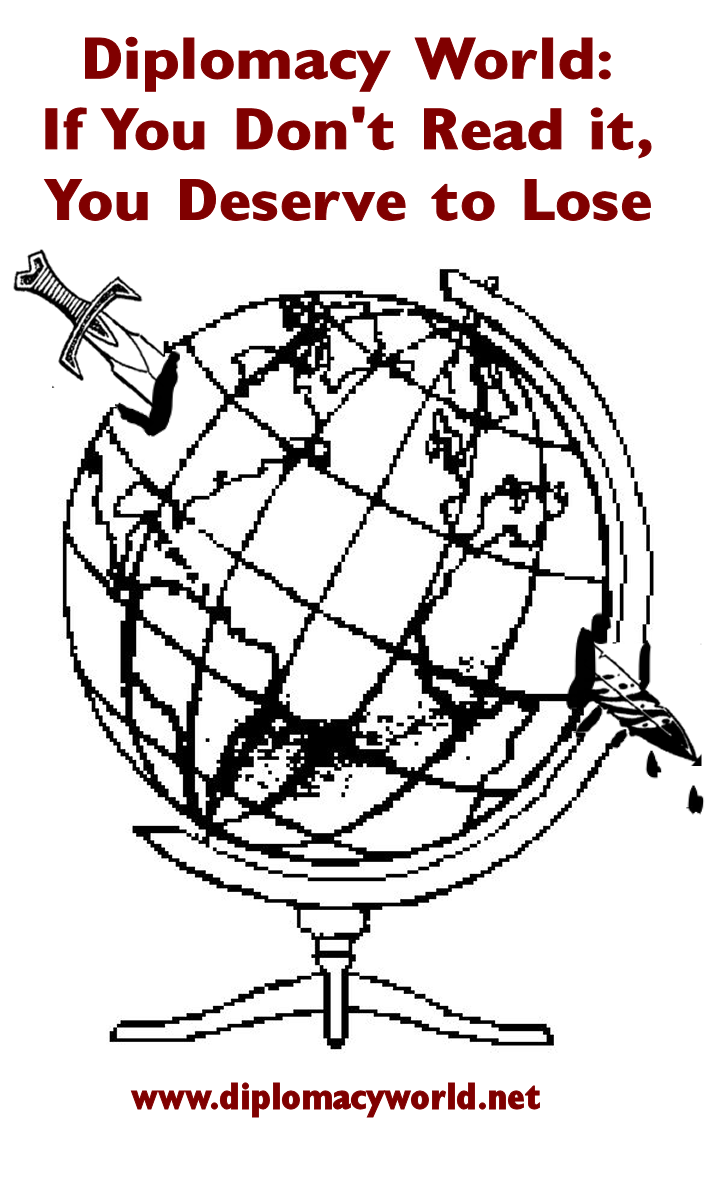



Rebuttal to the
Illyrian Opening
by Edi Birsan
from Diplomacy
World #1
In November 1971, Hoosier Archives
published the Lepanto Opening which started a mad craze to name and create new
valuable openings for the various countries. Following in that tradition, we have had
the Baltic Opening, the Ionian Gauntlet, the Churchill Opening and a host
of the more popular and classical opening moves. Each one outlines in careful steps the
various ways to go about a specific national or personal objective in the best
style given a certain set of diplomatic relations.
With the appearance of the Illyrian
Opening, we see the craze going past its usefulness and disintegrating to a
naming fest.
The diplomatic relations for this
opening rested on the early Italian-Austrian alliance in 1901-02 with the
agreement that Italy was to use the convoy to Syria or the Lepanto Opening to
take doom the Turks. The Italians
are convinced that they must stab the Austrian in 1902 (spring) for whatever
reason he holds dear to his heart.
The proposed moves were then, Spring 1902: Italy -- F Nap-Ion, F Ion-Adr, A Tun H and A Ven-Tri.
It is assumed that Venice will sail unopposed into
Trieste.
I hold that this is a less than
optimum stab and that the "correct" or maxi-stab would be to substitute: A Tun-Alb, F Ion C A Tun-Alb, A Ven-Tri, F Nap-Apu. This leaves the Italian player in a much stronger
tactical position than the suggested moves by Lipton and gives the Italian
player an offensive position from which he has the option to make supported
attacks against either Serbia or Greece.
These attacks, or potential
attacks, on Serbia and Greece give the Italian player greater flexibility
in dealing with both Turkey and Russia, a diplomatic position one does not have
in the more defensive stance brought on by the move to the
Adriatic.
One of the critical things to
remember in all stabs, and one can see this in the above example, is that a stab
is an offensive move and you must not take a defensive position on the initial
thrust if it is to be an effective demoralizing blow. The stab, to be ideal, must hit
initially and then continue to threaten and take further centers in the next
move to keep the enemy reeling from the blows and forcing him to use a defensive
stand rather than a counterattack.
This will gain you diplomatic leverage and the elimination of your
target. And that’s what a stab is
all about anyway.